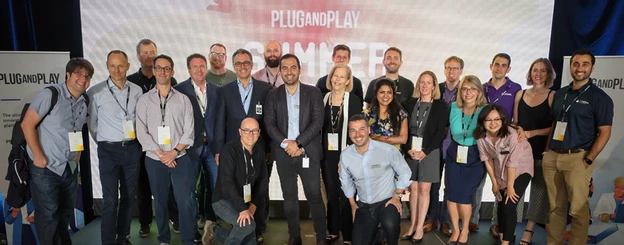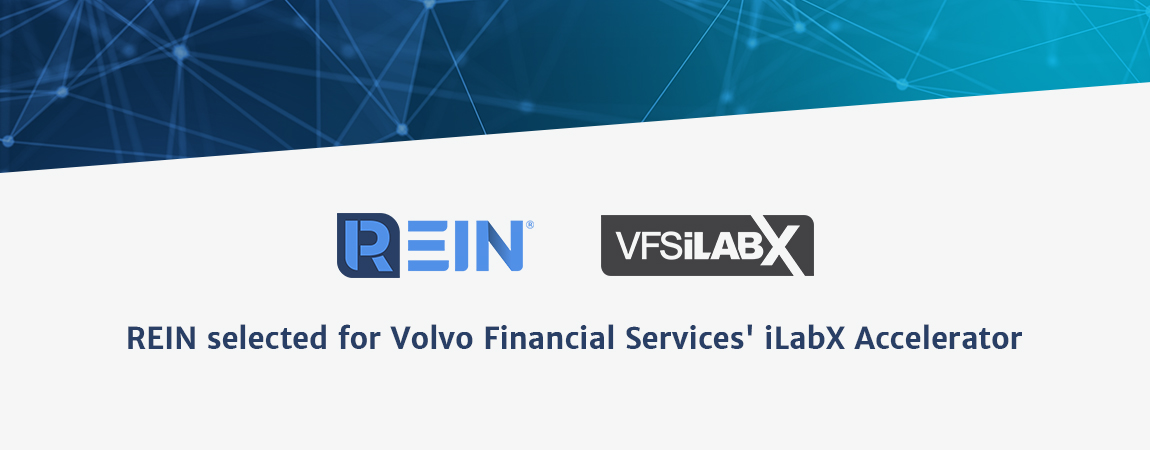REIN at Plug and Play Summer Summit 2019

or the last 5 months, our team has been working closely with Plug and Play (“PNP”) and its partners as a cohort in this year’s PNP Insurtech Accelerator. PNP brings together a huge network of industry pioneers and stakeholders and provides a platform that’s ripe for collaboration and discourse, and puts early stage companies with disruptive products and ideas in front of key industry stakeholders.
Our EVP of AI, Dr. Ernest Earon, takes the stage at the Plug and Play Summer Summit to talk about our view on insurance innovation.
Balance between sophistication and simplicity
In order to collectively propel the insurance space into the digital age, modern and traditional insurance organizations need to work together. It’s not about breaking legacy systems, it’s about modernizing them. The key to unlocking this collaboration? Simple processes.
Technology startups would be remiss to disregard the wealth of insights and data that can be gleaned from traditional insurance systems that have stood the test of time. This invaluable expertise becomes even more monumental when combined with the agility and flexibility that new technologies bring to the table.
But in order to improve adoption of new technologies, there needs to be a balance between sophistication and simplicity. In the tech world, there’s a prevalent ethos that “when technology truly does what it’s supposed to do, you won’t even know it’s there.” This has always been the goal — to make advanced technological infrastructures so seamlessly integrated into a workflow that it becomes an inherent, almost invisible part of it.
In talking with carriers and partners, they reinforced that in order to get buy-in from massive organizations, technology teams need to be focused on making highly sophisticated solutions easy and seamless to integrate into their existing workflow.
Ultimately, it’s all about solving problems, improving workflows and constantly bringing more value. When new technologies can be seamlessly integrated within existing insurance workflows, that’s when we truly unlock value and create new product opportunities, especially within new or rapidly changing markets and environments.
Transforming data into product decisions
While a robust, AI-driven data analysis infrastructure is imperative, it’s only one component. AI-driven frameworks are only useful if an organization has a system of record that can ingest information from a wide array of sources. We learned that carriers want the ability to examine all sorts of valuable data, but they often don’t have the infrastructure in place to do that effectively.
It has to be a two-step approach: setting up a seamless and robust infrastructure to ingest and analyze data, and then harnessing these insights to inform all areas of the insurance value chain — including actuarial science, underwriting, claims and loss prevention. Data analysis is only truly impactful if the insights can be turned into better products that satisfy customer needs.

